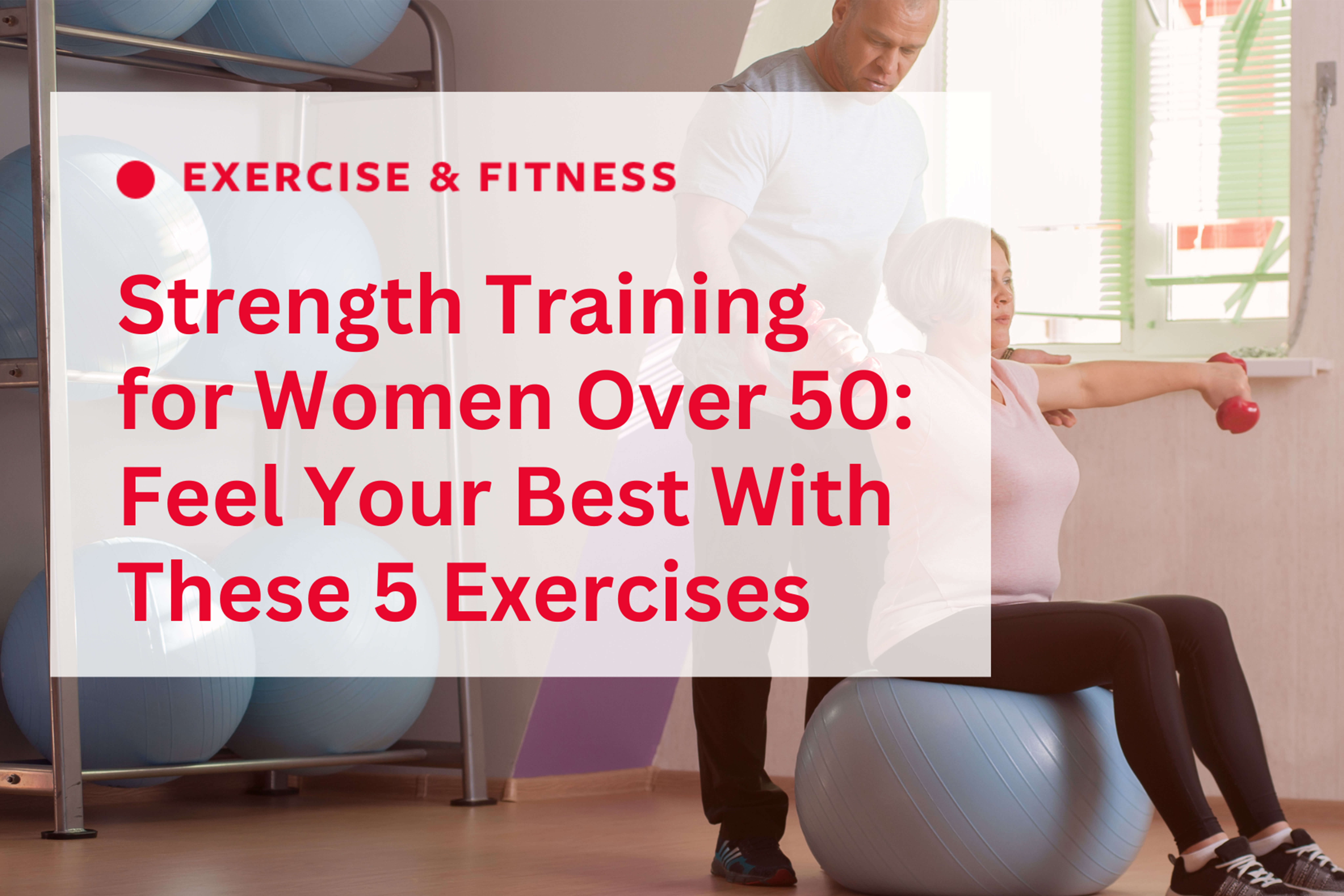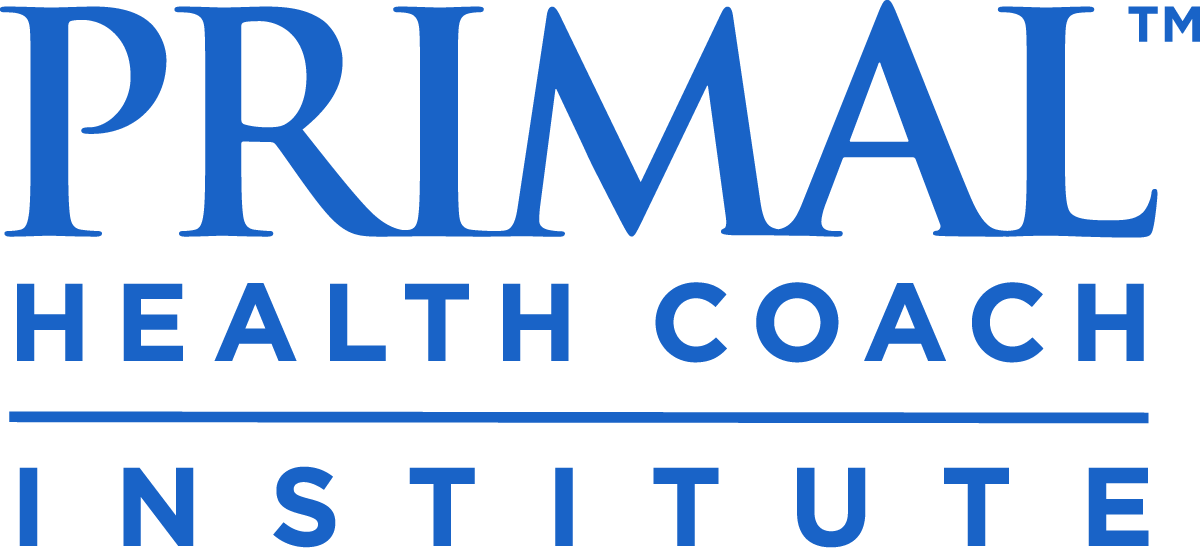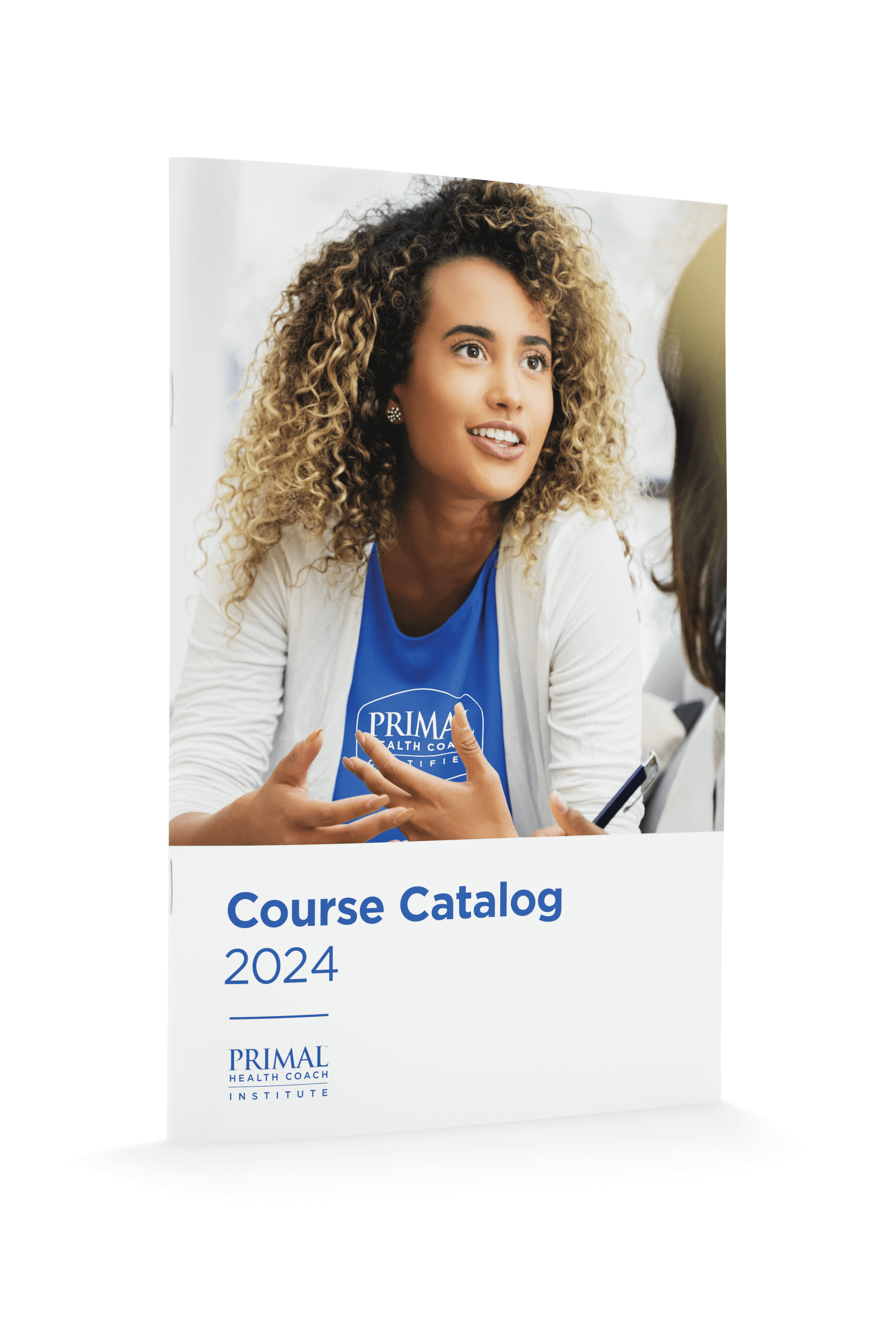Strength training for women over 50 is a powerful way to combat the natural reduction in muscle mass and bone density that occurs as we age.

Strength training for women over 50 is key to healthy muscles and bones.
In a previous post, we explored the importance of strength training for women of all ages and the barriers that prevent women from stepping into a gym.
In this post we’ll focus specifically on strength training for women over 50, including our top five strength training routines, and our best tips to help older women improve their muscle strength, bone health, and overall fitness.
Why Strength Training Matters for Women Over 50
Aging doesn't have to mean illness and frailty. There is an abundance of research that shows that a strength-based exercise program can promote healthy living well into your twilight years.
So why is strength training for women over 50 so important?
As women age, the levels of a hormone known as estrogen begins to naturally decline. This occurs in most women in their mid-to-late 40s. As estrogen levels decline, many women experience a series of symptoms including changes to their monthly cycle, insomnia, depression and hot flashes. This period in a woman’s life is known as perimenopause or menopausal transition.
A woman is deemed to be in menopause once 12 months has passed since her last period. This usually occurs in women between the ages of 45-55.
These reduced estrogen levels can lead to further changes in a woman’s body such as:
- Age-Related Muscle Loss: Sarcopenia is the term used to describe the condition whereby skeletal muscle is lost through the aging process. Reduced levels of hormones such as estrogen in women and testosterone in men are linked to this process. Research has shown that engaging in regular strength training exercises can counteract age-related muscle loss, by stimulating muscle growth, enhancing muscle mass and improving overall functional capacity.
- Reduced Bone Density: Peri-and postmenopausal women are at a greater risk of developing conditions such as osteopenia and osteoporosis (conditions associated with weak and brittle bones). This is due to the age-related decline in bone mineral density, which is linked to reduced estrogen levels. To combat these bone-density issues, women over 50 can perform weight-bearing exercises. Resistance training exercises support bone health, prevent bone loss, and reduce the risk of osteoporosis.
Strength Exercises Defined
We’ve discussed the importance of strength training for women over 50. Now it’s time to help you get started!
Strength training doesn’t need to be complicated. You can create a highly effective, fun exercise program using bodyweight exercises. No equipment is needed!
But first let’s discuss the types of exercises you can perform.
Resistance training can be classified into two types of movements and they are:
- Compound Movements: These movements use two or more muscle groups and often mimic movement patterns that we use in everyday life. Compound movements are sometimes referred to as functional or primal movements.
Examples include:- Squats: Mimic the action of standing up from a seated position.
- Deadlifts: Involves hinging from the hip and mimics the action of collecting an object off the ground, or reaching down to tie a shoelace.
- Push ups: Mimic the action of pressing a door closed.
- Pull ups: Require significant upper body pulling strength.
- Isolated Movements: These movements use a single muscle group and are good for injury rehabilitation or when you want to target a specific muscle group. Examples include:
- Bicep curls
- Tricep kickbacks
Creating a Balanced Strength Training Routine
The best way to design a well-rounded strength training program is to include a mix of:
- Pushing movements
- Pulling movements
- Leg exercises
- Core strengthening exercises
Incorporating as many compound movements into your program as possible will allow you to target more major muscle groups and will support your overall fitness.
Top 5 Strength Training Exercises for Women Over 50
Here are our top five strength training exercises for women over 50:
1. Squats
Squats are excellent for building lower body strength.
How to squat:
Stand with feet shoulder-width apart, bend your knees and lower your hips as if sitting in a chair, then return to standing.
Squats can be performed using:
- Body weight only (no weights)
- Chair to gauge the depth of your squat
- Hand weights such as dumbbells or kettlebells
- Barbell, either as a front squat, back squat or an overhead squat
2. Deadlifts
Deadlifts are the ultimate compound movement. They use more muscles than any other exercise including:
- Hamstrings
- Glutes
- Lower back muscles
- Thoracic back muscles
- Shoulders
- Grip strength
- Core muscles (your abdominals)
How to deadlift:
- Stand with feet hip-width apart, holding weights in front of you. Bend at the hips and knees, keeping your back straight, then return to the starting position.
Deadlifts can be performed using:
- Body weight (goodmornings)
- Hand weights such as dumbbells or kettlebells
- Barbell either as a conventional deadlift or a sumo deadlift (wide leg stance)
3. Pressing Movements
Pressing movements build upper body strength. They target the muscles in your arms and chest. Here are our favorite pressing movements that you can incorporate into your fitness routine:
- Push ups require no equipment. While lying on your front, come into a plank position, with your hands shoulder width apart. Come up onto either your toes or your knees and lower your body to the ground and press back up again. Push ups can also be performed while standing up and pressing against a wall.
- Chest press (also known as a bench press) can be performed while lying on your back on a bench or on the ground. You can use dumbbells or a barbell. While lying on your back, press the weights up, extending your arms fully, and then lower them back down.
4. Pulling Movements
Pulling movements develop strength in your:
- Upper back (thoracic) muscles
- Shoulders
- Arms
- Grip strength
Here are two effective pulling movements that you can try:
- Arm rows use dumbbells or resistance bands to strengthen your upper back muscles. Perform the exercise by pulling the weights towards your torso while keeping your back straight.
- Pull ups (chin ups) are performed by hanging from a bar with your hands slightly wider than your shoulders. The aim is to pull your body off the ground so that your chin reaches above the bar. This is quite an advanced movement. You can use resistance bands to assist you, or you can start with a jumping motion.
5. Core Exercises
Building a strong core is essential for overall stability, balance and functional strength. Here are a few of our favorite core exercises for you to try:
- Planks are performed on the ground. Start by lying on your front. Position your elbows under your shoulders and come up onto your either your toes or your knees. Keep your torso as rigid as possible by engaging your abdominal muscles and your glutes. Hold for 10-30 seconds.
- Leg raises (leg lifts) are performed while lying on your back on the floor. Lift both your legs together, keeping your legs straight. Lift your legs as high as possible (into an L shape) then lower them to the ground again.
- Arm circles are performed in a standing position with your feet shoulder width apart. Raise and extend your arms to the side, while keeping your arms straight. Slowly rotate your arms forward, making small circles. Complete a set of 5-10 repetitions before rotating backwards.
Tips for Success
In order to get the most out of your strength training we’ve put together a few helpful tips for you to consider:
- Seek Professional Guidance: A certified personal trainer, or a certified fitness coach will tailor a strength program to your individual needs and fitness level.
- Incorporate Rest Days: Rest days are just as important as lifting weights. It's on your rest days that your muscles recover and grow.
- Listen to Your Body: Being in tune with your body and how it responds to your strength training is key to avoiding injury and promoting muscle growth.
- Progressive Overload: Challenge yourself to lift slightly heavier weights, or larger sets each week. You’ll soon see the results of your hard work.
- Include Cardiovascular Exercises into Your Routine: Moderate-intensity cardiovascular exercises like brisk walking, swimming or cycling support heart health and improve overall fitness.
- Consult a Medical Professional: If you're new to strength training or it's been a long time since you've hit the gym, it's a good idea to get medically cleared before starting your strength program.
Conclusion
The key to feeling your best no matter your age, is to give your body what it needs to thrive. Strength training for women over 50 is essential for longevity and good health as we age.
In this post we’ve shared five simple and effective muscle-building exercises and bone-strengthening routines to incorporate into your fitness journey.
We’ve also shared our top strength training tips that will enhance your muscle health, increase your bone density, and support your overall well-being.
If strength training for women is a passion of yours, then check out PHCI's Strength Training for Women certification here.



